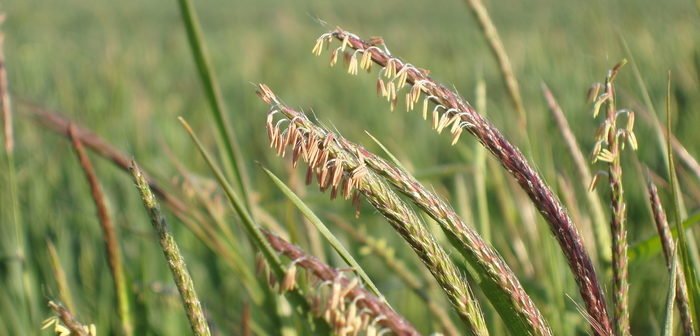Barrie Hunt, UK and Ireland Development Manager for Gowan Crop Protection Ltd has recently finalised a review of over 20 years of trials data for the popular black-grass herbicide Avadex (tri-allate).The information comes from work carried out by Monsanto, who first introduced Avadex to the UK in 1961 and Gowan plus independent work from NIAB, ADAS, ARC and Morley Research as well as shared trials conducted by Novartis/Syngenta and DuPont who wanted to include Avadex in programmes with their own black-grass herbicides. Barrie says this is a “warts and all” metadata analysis and it has thrown up some fascinating conclusions as to the benefit which Avadex brings to any black-grass control programme.
The results run from 1997 through to 2019, with over 700 data points spanning 23 years of trials. Barrie has split the data into 2 blocks for comparison purposes, from 1997 to 2002, defined as ‘historic pre-Gowan,’ and 2015 to 2019 defined as ‘current data’. The data analysis includes good and bad seasons, wet and dry conditions, low and high black-grass populations and differing weed resistance profiles. The objective of such an extensive and detailed analysis is to enable a real understanding of the benefits of adding tri-allate to a programme and to give a comparison between past and current performance.
Mr Hunt reports that the full metadata analysis shows that granular formulation Avadex Excel 15G adds on average 16.8% more black-grass control to a base treatment programme. “The capsule suspension liquid Avadex Factor adds 9.9% more control, which is not unexpected as it applies a reduced level of a.i/hectare compared with the granules. When I analysed the historic and current trials for black-grass, the granules historically delivered a 10.1% benefit compared to 16.8% from current data. These averages are across all programmes and clearly help to demonstrate that Avadex is even more relevant today than it was 20 years ago. This is despite black-grass getting more and more difficult to control today. Avadex just keeps getting better and better according to this analysis and it must be a part of any black-grass control programme this autumn.”
He also reports on three years of NIAB trials which looked at a number of black-grass control programmes, with 240 gms a.i./ha flufenacet as a base. “These trials show Avadex granules giving a mean benefit of 28.7% control. When we review all the data points for this programme, the metadata analysis shows 29.4%. This demonstrates the robustness of the data and that it can be relied upon.”
In a snapshot of 14 black-grass trials spanning 2016 to 2019, the addition of Avadex granules to a base treatment of Liberator (flufenacet and diflufenican) showed a benefit of an additional 16% control and an additional 14% control when added to a base treatment of Crystal (flufenacet and pendimethalin). Barrie comments that the metadata analysis of the whole data set over many years showed 16.8% and 15.1% respectively for these programmes, once again confirming the robustness of the analysis and increasing the level of confidence agronomists and farmers can expect from adding Avadex to the pre-emergence herbicide programme this autumn.
Mr Hunt says do not forget the excellent wild-oat control that Avadex brings along with an effect on rye-grass and brome species, in addition to very useful contributory control of some key broad-leaved weeds including cleavers, charlock, chickweed, poppy, field pansy, speedwell, forget-me-not, fumitory, mayweeds and red deadnettle. Avadex granules can be used in all varieties of winter and spring wheat and barley and has EAMUs for winter rye, winter triticale and winter and spring linseed. Avadex Factor can be used in winter wheat, winter and spring barley, with an EAMU for use in winter and spring linseed.





